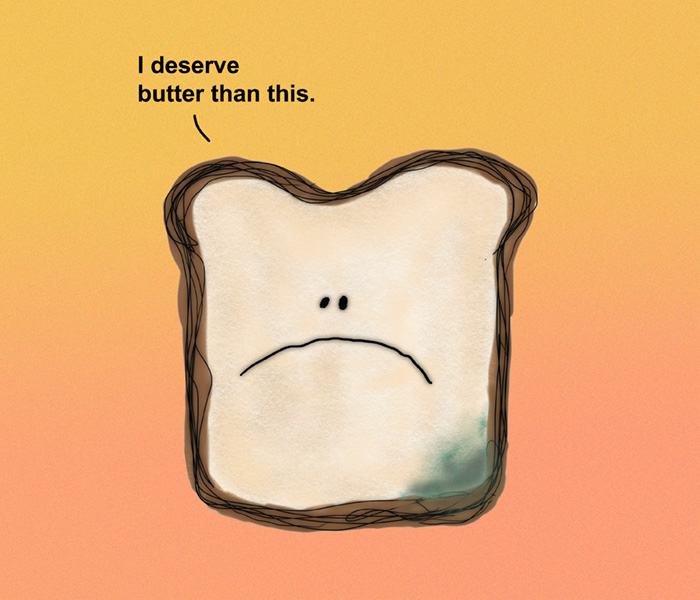Bread is one of the most popular foods around the world — at least while it is good and fresh.
Typically made from wheat, yeast, and other ingredients, bread stays fresh for only a short period before it starts to go bad. Terribly bad, with those fuzzy little patches of green and white mold that shock the holy heck out of you when you turn over the slice.
I’ve read that mold is unsafe to eat, so it’s helpful to know how to keep the bread fresh for as long as possible.
Many factors influence bread’s longevity. A safe, loving environment will help.
The shelf life of bread kept at room temperature ranges from 3 to 7 days. However, folks, it is a crapshoot. All of this varies depending on the type of bread, and the storage method.
Bread is more likely to go terribly wrong if stored in warm, moist environments. So keeping it in the greenhouse is out. To prevent mold, it should be kept sealed at room temperature or colder. Putting it in the refrigerator may extend its life by an entire week.
The moral of the story? Get it while it’s fresh.
Because when it goes stale — like this blog — it is no fun for anyone.
(This is the beginning of a short break. But fear not. I will keep you in carbs during the next few days.)
==========
“If you want something new, you have to stop doing something old”
― Peter Drucker
==========
“Age isn’t how old you are but how old you feel.”
― Gabriel García Márquez, Memories of My Melancholy Whores
==========
stale | stāl |
adjective (staler, stalest)
• no longer fresh and pleasant to eat; hard, musty, or dry
• no longer new and interesting or exciting
• [predicative] (of a person) no longer able to perform well or creatively because of having done something for too long
===========
